Perfecting your stance is paramount for consistent darts performance, and a darts stance trainer can be a game-changer, providing the focused practice you need to solidify proper form. This article delves into how a darts stance trainer can improve your game, covering different types, techniques, and drills to help you achieve a reliable and effective stance, as well as other areas to elevate your game.
⚠️ Still Using Pen & Paper (or a Chalkboard)?! ⚠️
Step into the future! The Dart Counter App handles all the scoring, suggests checkouts, and tracks your stats automatically. It's easier than you think!
Try the Smart Dart Counter App FREE!Ready for an upgrade? Click above!
Understanding the Importance of a Solid Darts Stance
A stable and repeatable stance forms the bedrock of any successful darts player’s game. It’s the foundation upon which your entire throw is built. Without a consistent stance, your body will constantly be compensating, leading to inconsistent throws and frustration. Think of it like building a house – if the foundation is weak, the whole structure is compromised. Your darts stance trainer is the blueprint for building that foundation.
A good stance contributes to:
- Balance: Maintaining equilibrium throughout your throw is crucial.
- Consistency: A repeatable stance leads to a repeatable throw.
- Accuracy: A stable base allows for better aim and control.
- Reduced Fatigue: Proper posture minimizes unnecessary muscle strain.
Neglecting your stance, while focusing solely on arm movement or grip, is a common mistake among beginner and even intermediate players. Remember, a great throw begins with a great stance.
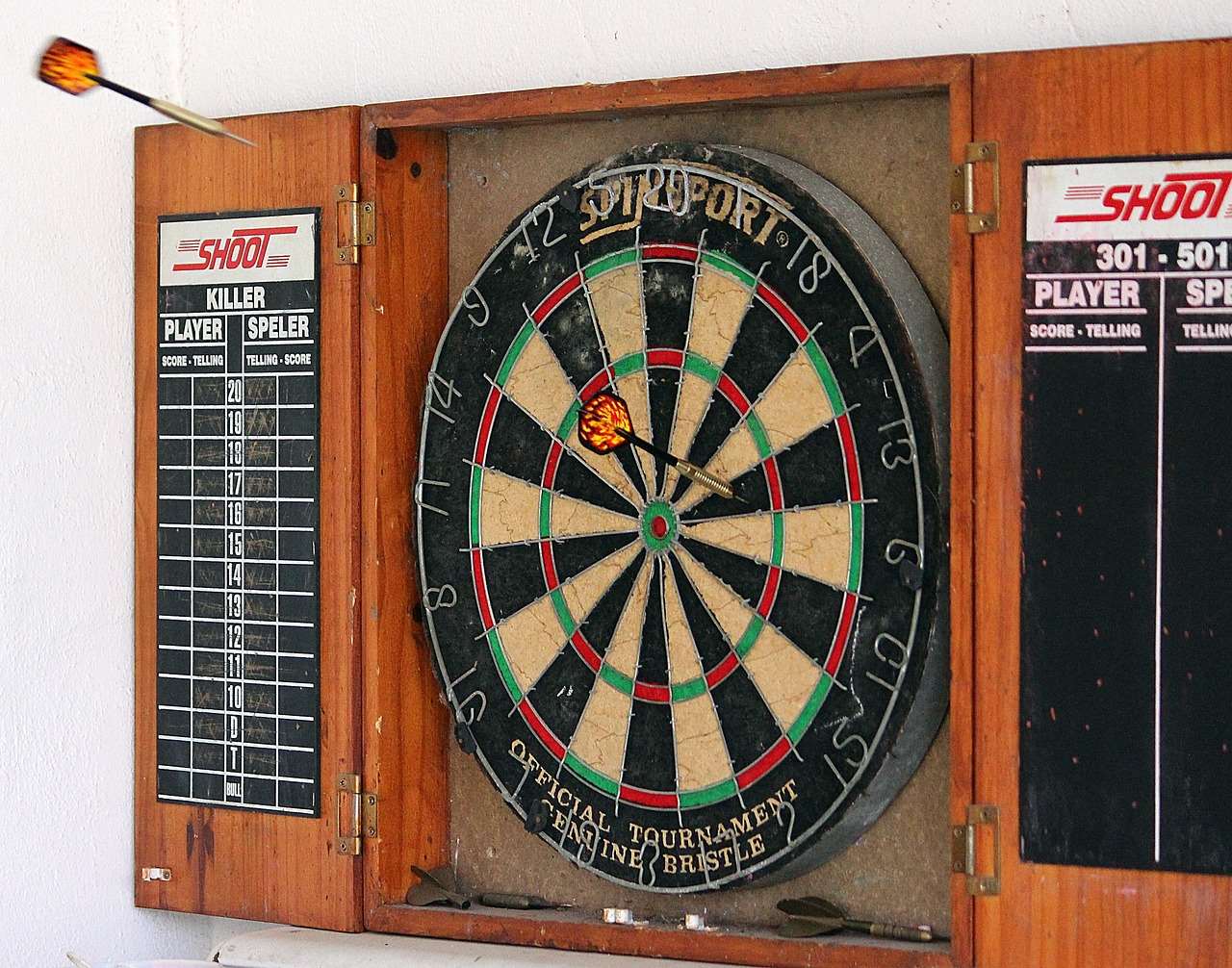
Types of Darts Stances
There isn’t one “perfect” stance; the best stance is the one that feels most natural and comfortable for you while promoting consistency. However, there are a few common stances that serve as starting points:
- The Front-On Stance: Both feet are generally parallel to the oche (throwing line), facing the dartboard directly. This stance provides maximum stability but can limit upper body rotation.
- The Sideways Stance: One foot is placed forward, parallel to the oche, while the other is positioned slightly behind and to the side. This allows for greater body rotation and a smoother throwing motion.
- The Angled Stance: A hybrid approach where the body is angled slightly towards the board, offering a balance between stability and rotation.
Experiment with each stance to determine which feels most comfortable and allows you to maintain balance and control. A darts stance trainer, such as visual aids or foot placement markers, can be helpful in this experimentation phase.
Choosing the Right Darts Stance Trainer
Several types of darts stance trainers are available, each designed to address different aspects of stance development. Some popular options include:
- Foot Placement Markers: These are simple but effective tools that help you consistently position your feet in the same spot. They can be especially useful for beginners who are still developing their stance. You can even use tape or chalk to create your own.
- Visual Aids: Mirrors or video recordings can provide valuable feedback on your stance. Observing yourself can help identify areas where you’re off-balance or inconsistent.
- Laser Alignment Tools: These project a laser line onto the dartboard, helping you ensure that your body is properly aligned.
- Balance Boards: While not strictly a stance trainer, balance boards can improve your overall balance and stability, which is essential for a solid darts stance.
Consider your individual needs and preferences when choosing a darts stance trainer. If you struggle with foot placement consistency, markers may be the best option. If you’re unsure whether your body is aligned correctly, a laser alignment tool could be helpful.
Using a Darts Stance Trainer: Step-by-Step Guide
Here’s a general guide on how to use a darts stance trainer effectively:
- Establish Your Baseline: Before using any training aid, throw a few darts and observe your natural stance. Identify any areas that feel awkward or inconsistent.
- Choose Your Stance Trainer: Select the tool that best addresses your specific needs (foot placement, alignment, balance).
- Set Up the Trainer: Position your chosen trainer according to its instructions. For example, place foot placement markers where your feet should be positioned.
- Practice with the Trainer: Step into your stance, using the trainer as a guide. Focus on maintaining balance, alignment, and a relaxed posture.
- Record and Analyze: Use a mirror or video recording to observe your stance while using the trainer. Identify any areas that need adjustment.
- Repeat and Refine: Practice consistently with the trainer, making adjustments as needed. The goal is to develop a stance that feels natural and repeatable.
- Wean Yourself Off: Once you’ve developed a solid stance with the trainer, gradually reduce your reliance on it. Eventually, you should be able to maintain your stance without any external aids.
Remember, consistency is key. Regular practice with a darts stance trainer will help you build muscle memory and develop a reliable stance that will improve your overall game. It can also help to ensure darts stand live performance stability.
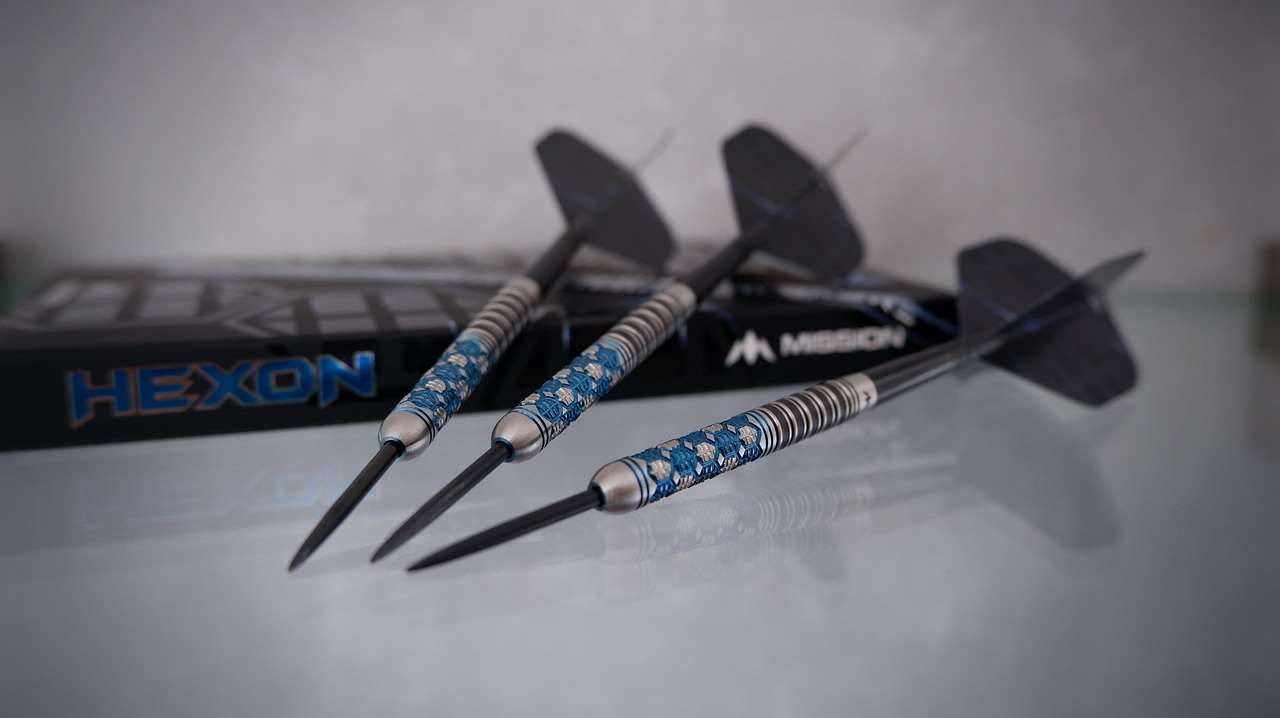
Common Stance Mistakes and How to Correct Them
Even with the aid of a darts stance trainer, players can still fall into common stance-related pitfalls. Here are a few to watch out for:
- Leaning Too Far Forward: This can throw off your balance and lead to inconsistent throws. Focus on maintaining a straight posture, keeping your weight centered over your feet.
- Locking Your Knees: This can create tension in your legs and reduce your stability. Keep your knees slightly bent and relaxed.
- Shifting Your Weight: Avoid shifting your weight during your throw. Maintain a stable base throughout the entire motion.
- Looking Down: Keep your head up and focus on the target. Looking down can disrupt your balance and throwing motion.
If you notice yourself making any of these mistakes, take a step back and consciously correct your posture. Using a mirror or video recording can be helpful in identifying and correcting these issues. Remember the importance of getting the right dart flight en shaft configuration for your style.
Advanced Stance Techniques
Once you’ve mastered the basics of stance, you can explore some more advanced techniques to further refine your game:
- The Rocking Stance: Some players use a slight rocking motion to generate momentum and improve their rhythm. This involves shifting your weight slightly forward and back before initiating your throw.
- The Pivoting Stance: This involves pivoting your back foot slightly as you release the dart, allowing for greater upper body rotation and a smoother follow-through.
- The Closed Stance: A stance with a reduced angle between the thrower’s body and the oche line. This can help reduce the amount of power generated in the throw.
These techniques are not for everyone, and it’s important to experiment to see what works best for you. However, they can be valuable tools for experienced players who are looking to take their game to the next level. Remember to consult Darts scoreboard app for practice and game tracking!
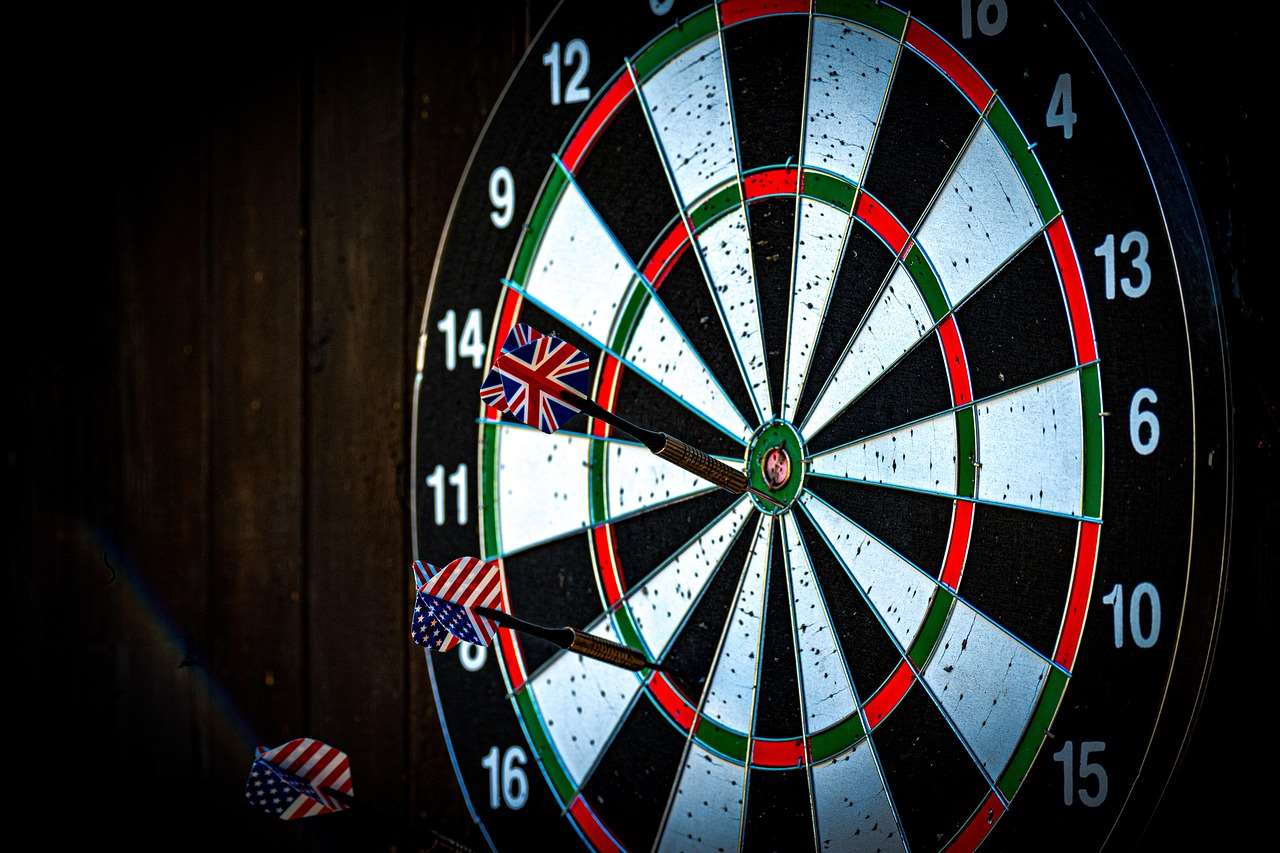
Integrating Stance Practice into Your Darts Routine
Using a darts stance trainer and incorporating stance practice into your regular darts routine is crucial for long-term improvement. Here’s how to do it effectively:
- Warm-Up: Before each practice session, spend a few minutes focusing on your stance. Use your trainer to ensure proper foot placement and alignment.
- Drills: Perform specific drills to improve your balance, stability, and posture. For example, try throwing darts while standing on one leg (with caution!).
- Consistency: Make a conscious effort to maintain your stance throughout your practice session. If you notice yourself slipping, take a break and reset your posture.
- Cool-Down: After each practice session, reflect on your stance. Identify any areas that need improvement and plan to address them in your next session.
By making stance practice a regular part of your darts routine, you’ll gradually build muscle memory and develop a consistent, reliable stance that will improve your overall game. It’s also important to consider your choice of dart shirt to maximize comfort and allow freedom of movement.
Beyond the Darts Stance Trainer: A Holistic Approach
While a darts stance trainer is a valuable tool, it’s important to remember that it’s just one piece of the puzzle. To truly maximize your potential, you need to adopt a holistic approach that encompasses all aspects of your game:
- Grip: Experiment with different grips to find one that feels comfortable and provides good control.
- Throwing Motion: Develop a smooth, repeatable throwing motion.
- Mental Game: Cultivate a positive mindset and learn to manage pressure.
- Equipment: Choose darts, flights, and shafts that are suited to your individual style and preferences.
- Physical Fitness: Maintain a healthy lifestyle and engage in regular exercise to improve your overall physical condition.
By addressing all of these areas, you’ll create a well-rounded game that will allow you to compete at your highest level. Remember, the best darts players are not just skilled throwers; they are also athletes, strategists, and mental masters.
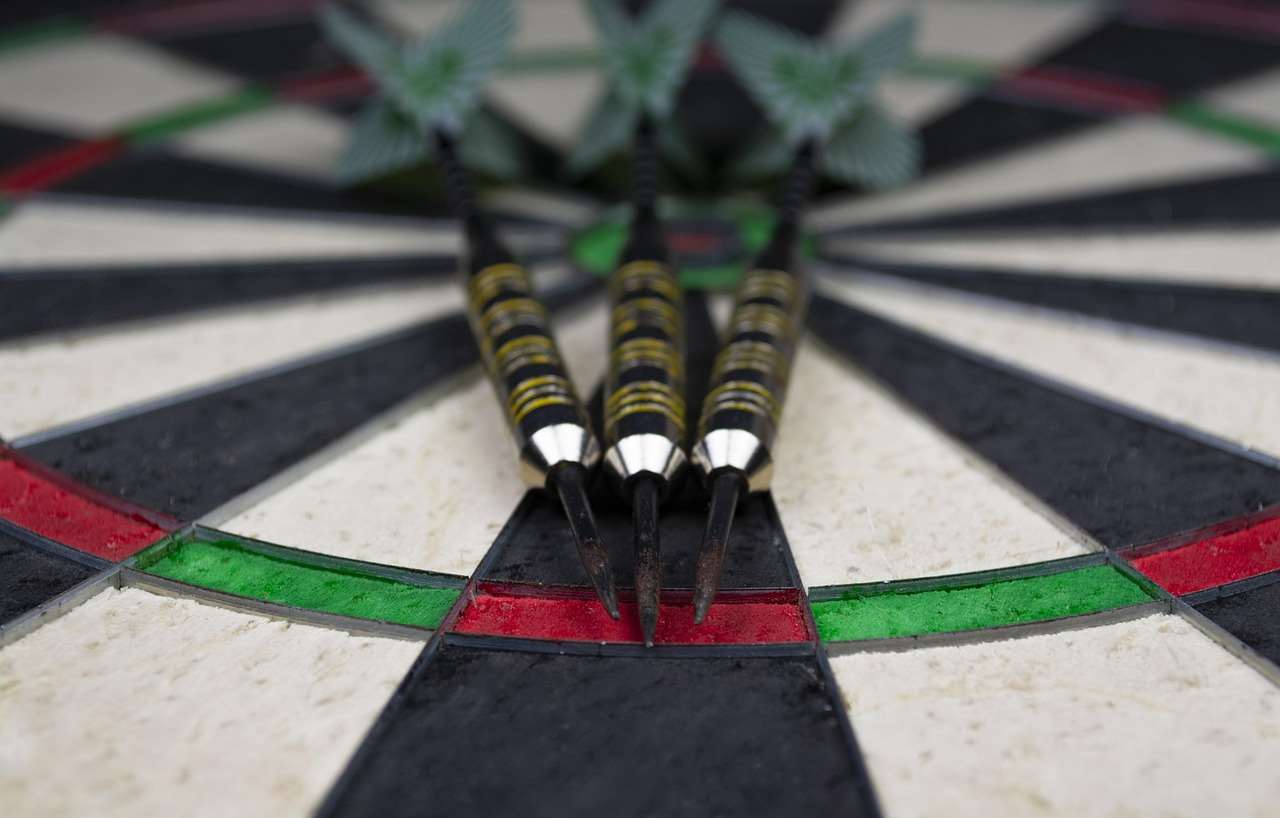
Maintaining Your Stance Over Time
Achieving a good stance is one thing, but maintaining it over time requires continued effort and attention. Here are some tips for preserving your hard-earned progress:
- Regular Check-ins: Periodically revisit your stance, even when you feel confident. Use a mirror or recording to ensure you haven’t developed any bad habits.
- Address Small Adjustments Early: If you notice any subtle changes or inconsistencies in your stance, address them immediately before they become ingrained.
- Adapt to Changes: As you age or your body changes, you may need to make slight adjustments to your stance to maintain comfort and effectiveness.
- Listen to Your Body: Pay attention to any pain or discomfort in your legs, back, or shoulders. Adjust your stance or take breaks as needed to prevent injuries.
Your stance is a dynamic element of your game, and it requires ongoing maintenance to ensure it remains a solid foundation for your throws. A good darts stance trainer is also very useful in getting your dartboard bracket b&q fitted properly.
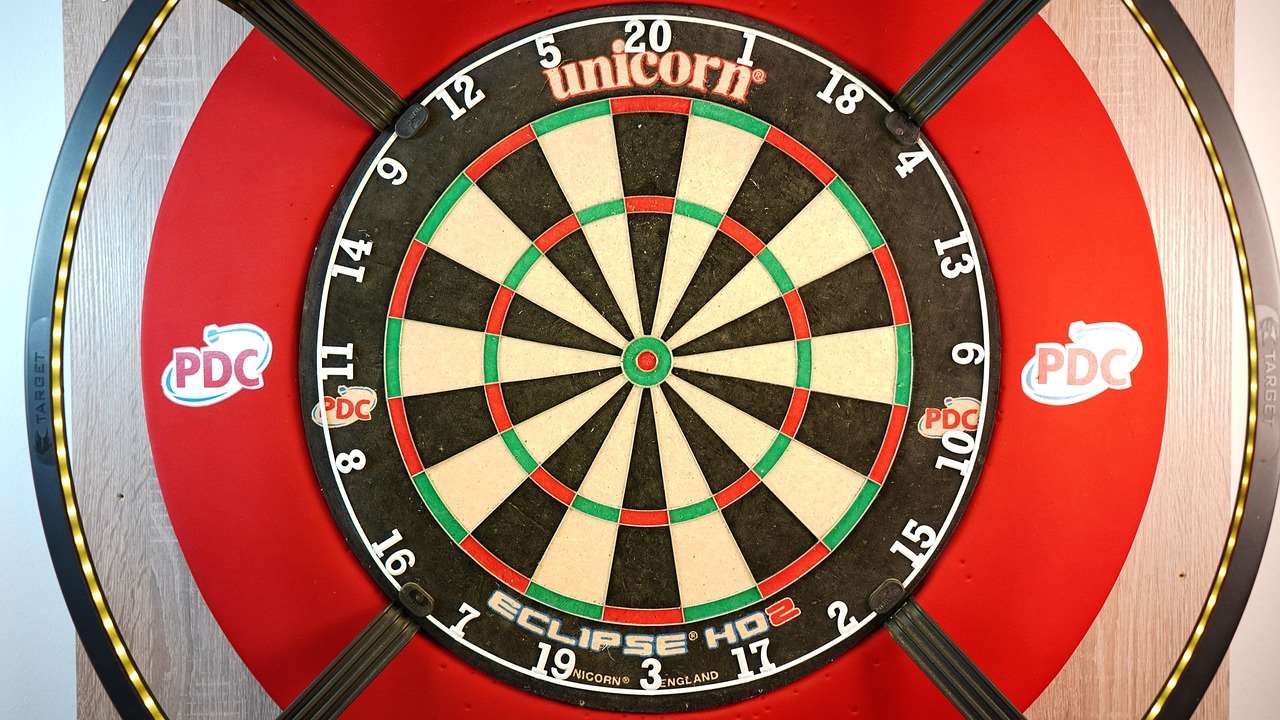
Conclusion: The Path to Consistent Darts Starts with Your Feet
Mastering your stance is a fundamental step towards achieving consistency and accuracy in darts. A darts stance trainer can be an invaluable asset in this journey, helping you establish proper foot placement, alignment, and balance. By experimenting with different stances, choosing the right training aids, and incorporating stance practice into your regular routine, you can build a solid foundation for a successful darts game. Remember to take a holistic approach, addressing all aspects of your game – from grip to mental fortitude – to reach your full potential. Ready to elevate your game? Explore different darts stance trainer options and start practicing today! Consider taking a look at a variety of dart tips as well.
Hi, I’m Dieter, and I created Dartcounter (Dartcounterapp.com). My motivation wasn’t being a darts expert – quite the opposite! When I first started playing, I loved the game but found keeping accurate scores and tracking stats difficult and distracting.
I figured I couldn’t be the only one struggling with this. So, I decided to build a solution: an easy-to-use application that everyone, no matter their experience level, could use to manage scoring effortlessly.
My goal for Dartcounter was simple: let the app handle the numbers – the scoring, the averages, the stats, even checkout suggestions – so players could focus purely on their throw and enjoying the game. It began as a way to solve my own beginner’s problem, and I’m thrilled it has grown into a helpful tool for the wider darts community.